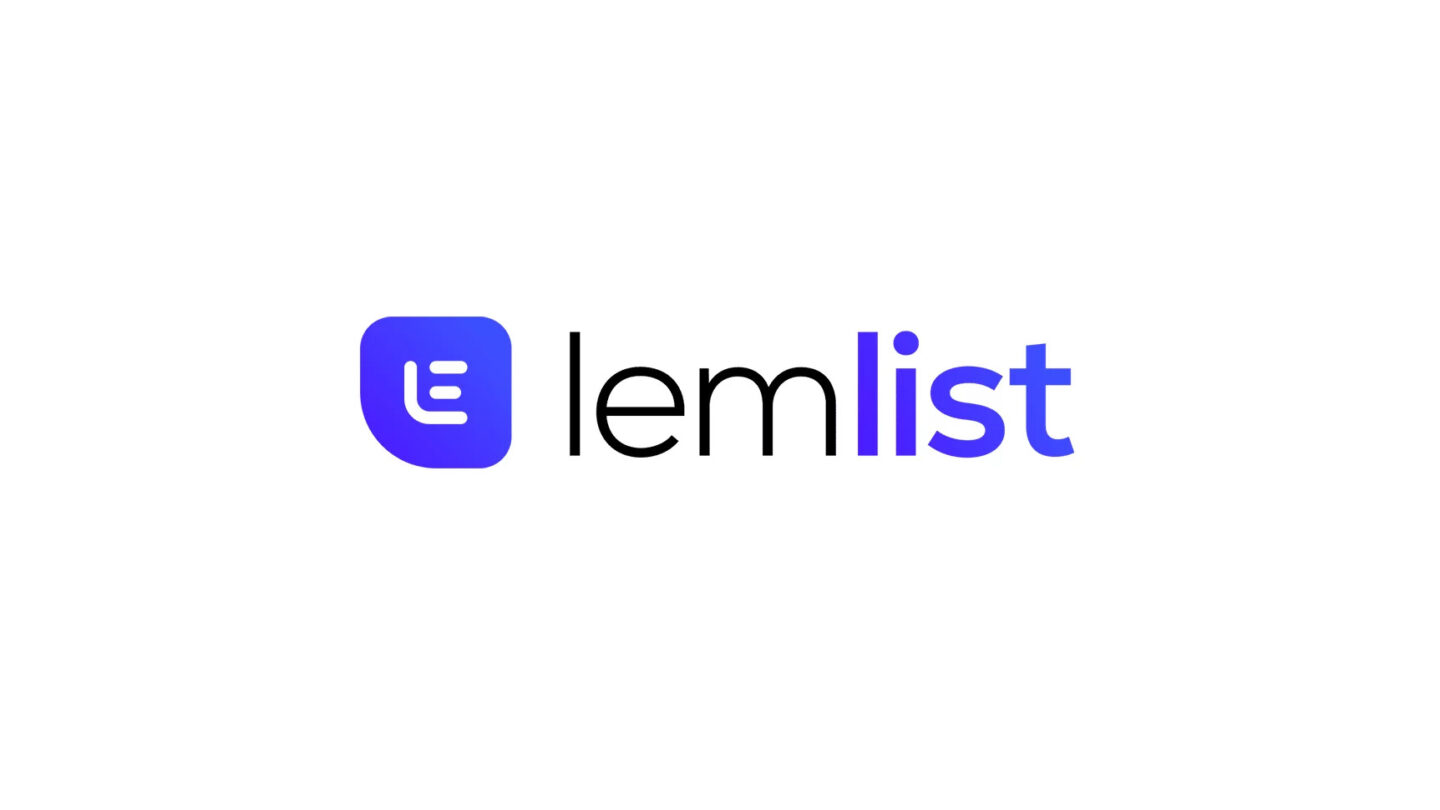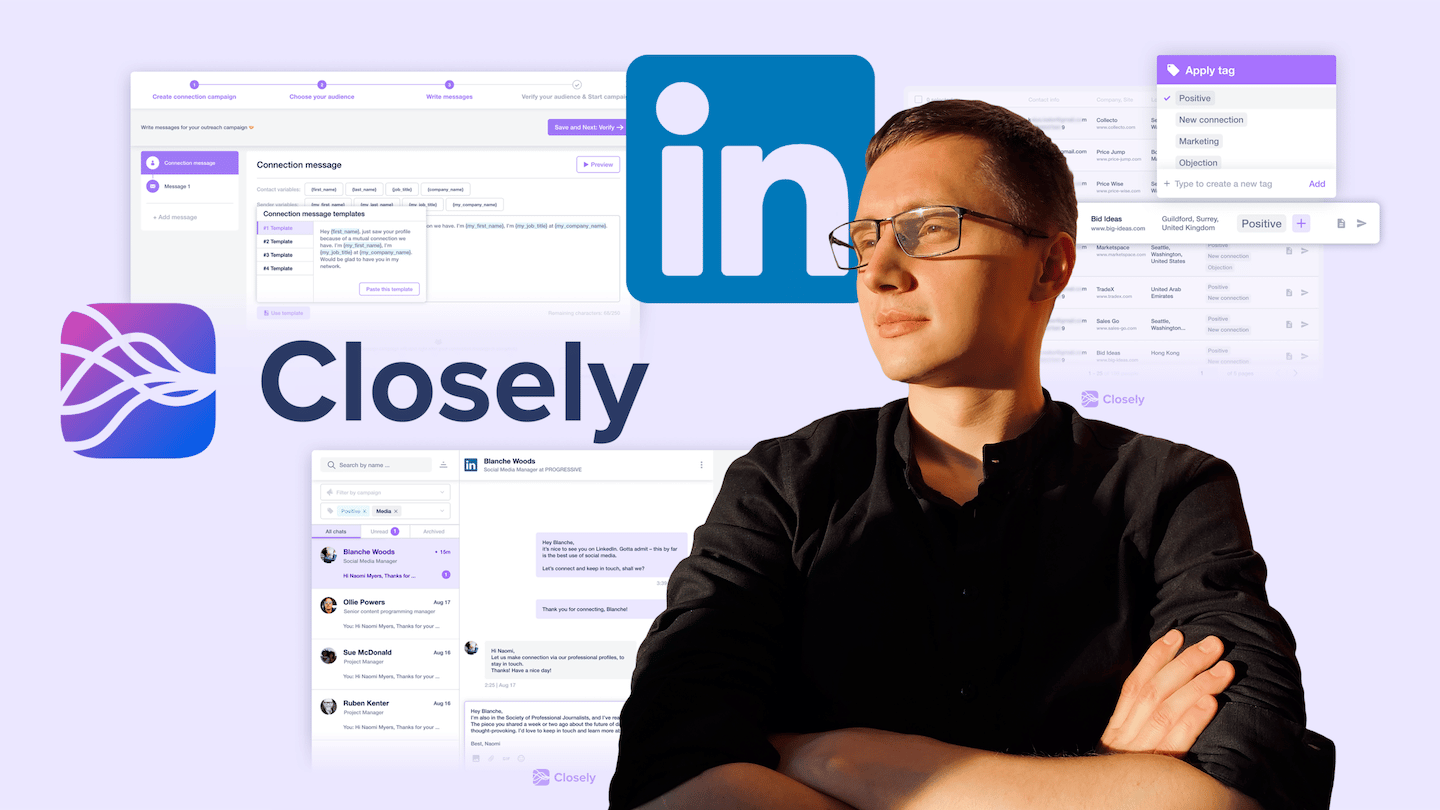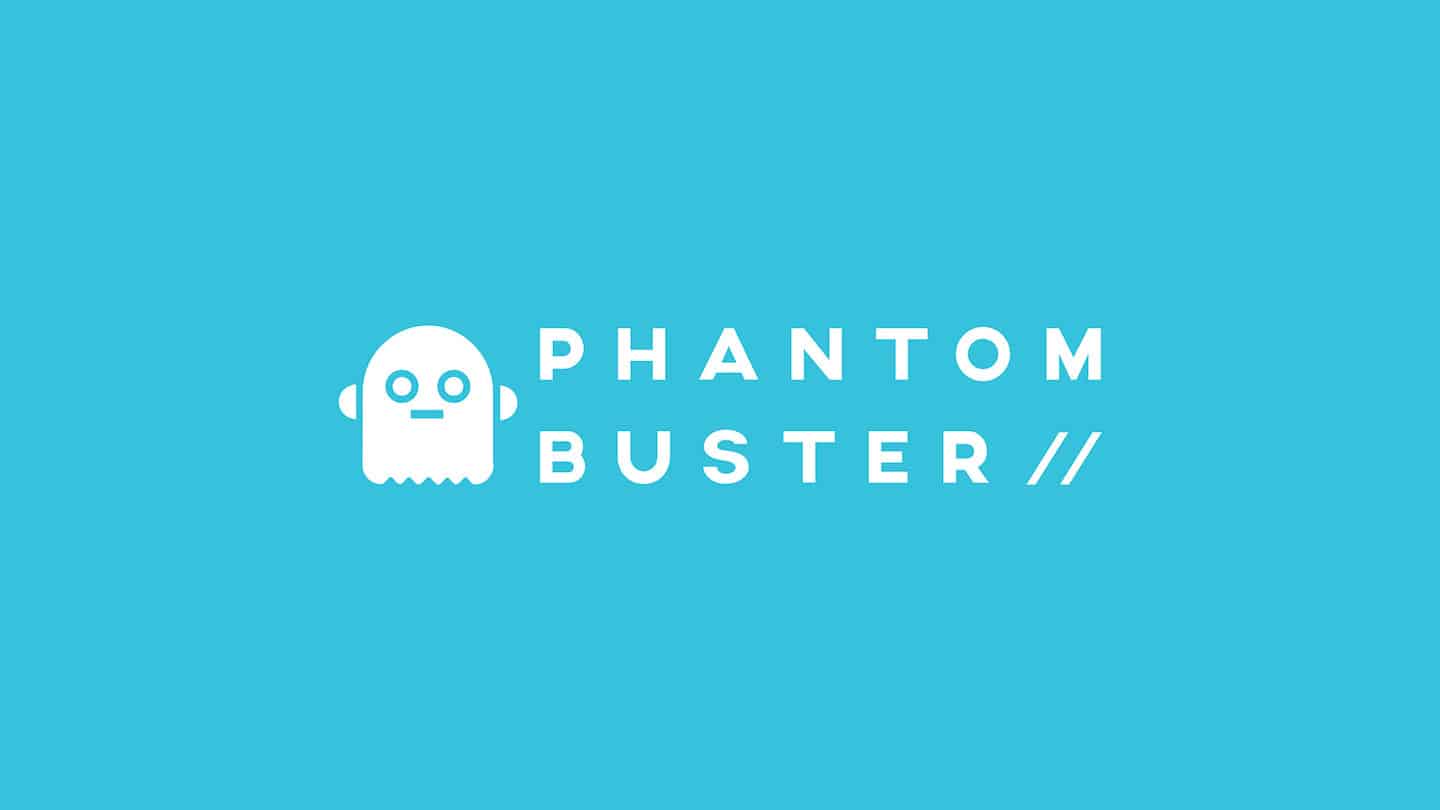The race for engagement on Linkedin has led to the development of tools to increase the reach of your posts: LinkedIn pods. Manual, through informal groups on Facebook or Slack, or automated via platforms like Lempod or Podawaa, these tools allow you to form groups around common interests or sectors and interact with each other on members’ publications.
What type of pod to choose? How to properly use a Linkedin pod to boost engagement with your posts over time? We bring the answers to all these questions in this article 🙂
Sommaire
Why use a LinkedIn pod?
A word about Linkedin’s algorithm
The process of evaluating the value of your publications starts as soon as it is posted. At that moment, your publication appears on the feed of a small part of your network.
The number of people who are offered your post initially depends on how optimised your post is (e.g. how many hashtags it contains and whether or not it contains an external link). LinkedIn also takes into account the number of views on your previous posts and the number of people who follow you.
If this sample of followers reacts quickly and en masse to your post, it will be much more likely to be suggested to other users in your network, and in the network of your followers who reacted to your post.

Source : talkingtobots.com
Likes are not the most effective feedback in this regard. The more comments your post generates, the more attention you will get from LinkedIn’s algorithm. The more feedback you receive on your post as your audience grows, the more LinkedIn will continue to suggest it to new people.
Above all, to ensure the success of your post, make sure that its content meets the expectations of your audience. It is essential that your subscribers find useful information to respond to.
To increase the reach of your posts on LinkedIn, choose the right time to publish. You have between 1 and 3 hours to get the maximum number of reactions to your post and for it to reach new users.
Pods are self-help groups that allow you to react quickly once your post is published.
Linkedin Pod: definition & functioning
At the origin of LinkedIn pods are a few communities of people grouping together on Facebook, Whatsapp and LinkedIn to pool their efforts to enhance their posts in the eyes of the LinkedIn algorithm by exchanging likes and comments on each other’s posts.
It’s not just a matter of throwing simple comments at all the other members’ posts. The comments must be rich enough to be considered valid in the eyes of LinkedIn’s algorithm (indeed, if you post a lot of simple phrases such as: “top!” or “great post!” at every turn, your comments will be less taken into account by the automatons that govern LinkedIn’s algorithm).
Your comments on publications that are relevant to your industry can also bring you new subscribers, so their content cannot be neglected all the time.

Source : joshsteimle.com
When groups reach more than 50 active members, what is a huge advantage in increasing your engagement rate and popularity in the eyes of LinkedIn can also become an extremely time-consuming task. As you can imagine, liking and commenting on 50 posts a day is time consuming.
In the interests of efficiency, automation tools such as Alcapod, Lempod and Podawaa have emerged, as well as less official but sometimes more relevant groups: manual pods. To help you choose between these two options, we review their respective strengths in the following section.
Manual VS automated pods
Manual pods
Manual LinkedIn pods are organised on WhatsApp, Facebook or Slack platforms around common interests or industries. These groups of people commit to commenting and liking posts daily in exchange for feedback on their own posts. These exchanges increase the visibility of your posts on LinkedIn.
With this “human” solution, the comments received will all add value to your publication, and thus enrich its interest. On the other hand, you will have to give these comments back to other members if you want to remain part of the community, which is time consuming.
Advantages & Disadvantages
- Comments are truly personalized and relevant to your business
- Engagement with your posts remains credible to LinkedIn’s algorithms
- Commenting on more than 50 posts per day is particularly time consuming
- With the time needed for the various daily comments, it is impossible to join many communities
- The number of comments is generally insufficient and remains much lower than the number of likes
Automated pods
To overcome the disadvantages of manual pods, automation tools have been developed. The best known are certainly Alcapod (although it no longer exists), Lempod and Podawaa.
They are generally presented aschrome extensions and are basically the same as manual pods.
The main difference is that you choose which comments you want to receive. Then other members’ accounts will automatically like and comment on each of your posts.
Advantages & Disadvantages
- Real time saving
- Ability to subscribe to a larger number of pods, regardless of the number of subscribers
- Tenfold increase in the number of reactions to your publications
- The comments you put on other members’ posts are likely to be low quality, sometimes meaningless
- You have to spend a lot of time writing the comments you want to receive if you want them to be relevant
- No or little control over the audience reached (Little transparency on pod members)
- When the same LinkedIn profiles react to your posts consistently, LinkedIn’s algorithms notice and decrease the credibility given to their engagement
How to choose the right LinkedIn pod?
The relevance and exclusivity of pods
When all members are in the same industry, or in industries that are close to each other, the impact of their comments will be much stronger for the readers, but also for the LinkedIn algorithm.
The more relevant the reactions to a post, the more likely you are to increase your engagement rate and even acquire new subscribers, and therefore new customers.
Pod safety
Before you start, make sure that some members of your pod are not considered undesirable by LinkedIn. Try to observe members’ reactions to posts, and make sure they don’t overly canvass in the comments.
This type of behaviour can quickly be classified as LinkedIn spam and impact the entire pod community.
The quality of the reactions
Make sure that automated comments from your profile are consistent and add maximum value to individual posts. If your comments are too often meaningless, or too superficial, they will be devalued by LinkedIn’s algorithms and may not even be taken into account.
Add to this the fact that the readers of your comments may be potential targets for you. It is therefore preferable that they also find it interesting and visit your profile.
Requirements for pod members
Some pods do not require any level of skill from members. However, it is important that your chosen pod members are all aware of the need to post interesting comments and that they do not undermine LinkedIn’s safety rules.
Members’ contribution and commitment
Some pod members may not actually contribute and may only get reactions to their own posts. It is important that the pod you are a part of contains members who are willing to engage by reacting to every post you make, as you are committing to do the same.
This is a true exchange of goodwill. Automatic engagements are not the only key to successful LinkedIn pods. The more meaningful interactions you have with other members, the more credible the feedback you provide will be to your visitors and to LinkedIn’s algorithm.
The number of LinkedIn Pod members
One might be tempted to think that the more members a pod has, the more attractive it is to join. The reality is more subtle than that. If you are part of a pod where the people are particularly numerous but randomly selected, and they don’t create real connections between them, your interactions will remain bland and uninteresting.
Salesdorado’s advice
It is not enough to subscribe to pods with a large number of members, at the risk that the algorithms quickly detect the deception and no longer take into account the reactions of these members to your posts. You should focus on LinkedIn pods that specialise in your sector, so that you can build real relationships with responsive contacts.
The best automated pods
Podawaa
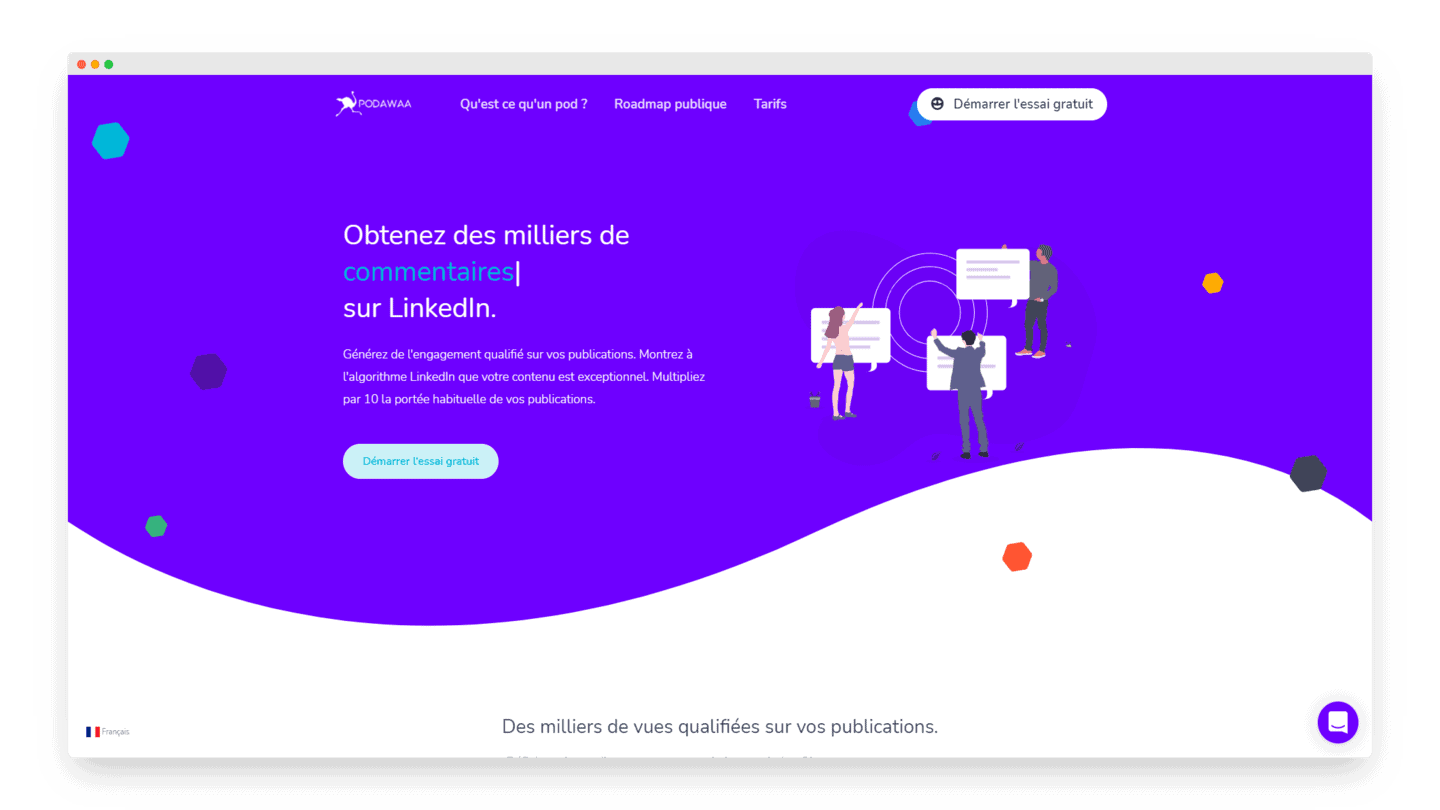
Podawaa was launched by ProspectIn to overcome the drawbacks of manual pods.
An intelligent algorithm records the information contained in your previous posts, and feeds relevant comments to your posts and those of other members of your pod.
Podawaa allows you to choose your audience precisely, by defining the profiles that will react to your posts. This could be, for example, “project managers in the food industry”. You can target profiles related to your core business.
In order not to distract LinkedIn’s algorithms from your posts, Podawaa varies the lists of people who comment and like your posts. By mimicking human behaviour, LinkedIn will not notice that you are using a pod and that reactions to your content are automated.
Offers and Prices :
- Freemium offer: 0€/month to have access to an unlimited number of pods and make as many posts as you want, use automatic comments from a list of comments prepared according to your profile and use 100 credits per month (1 like obtained = 1 credit, 1 comment obtained = 5 credits).
- Pro offer: €9.99/month for the same options as in the free version but with a capacity of 500 credits per month and the possibility of accumulating unused credits from previous months.
- Avance offer: 24.99€/month to have access to the same options as in the Pro version but with a capacity of 2000 credits/month and the possibility to interrupt or restart the automatic commitment at any time.
Lempod
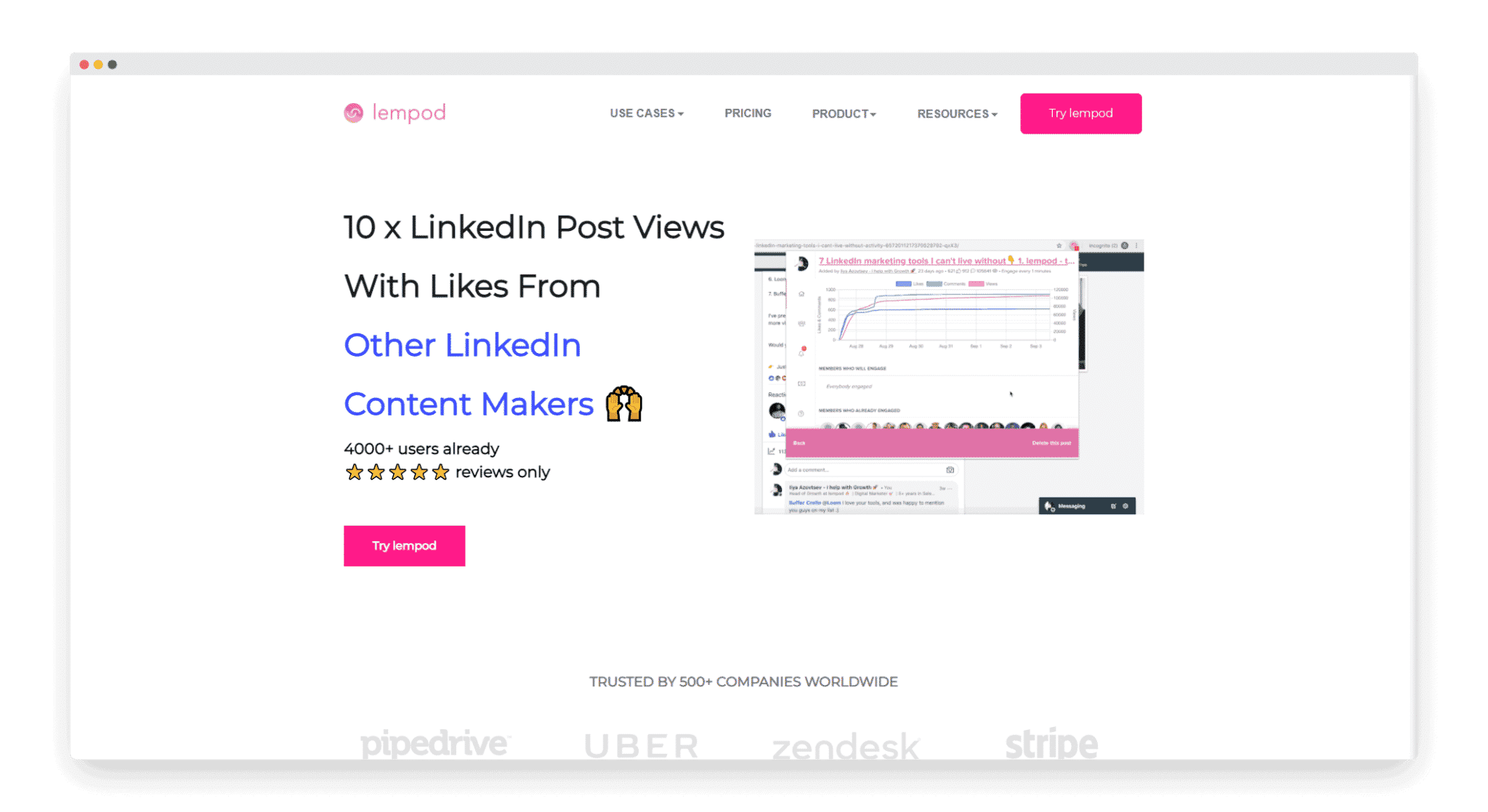
With Lempod’s Google Chrome extension you can access a maketplace-like platform where you can search for pods using keywords and filters.
You can also view the most effective LinkedIn pods of the week whose members have been particularly active. You can also enter a 4-digit “secret code” to join pods of members who catch your eye and who have given you this code.
Then simply copy the link from your posts to the pod you are interested in into the “add article” field. You can fill in the comments you want other members to automatically post on your post.
Offers and prices :
- Market place: 5$/pod (for 1 post per day, with the possibility to create your own pod of 50 members)
- Private Business Pod: $2/user/pod (create your own internal pod with a member account for each member of your company)
Alcapod
Alcapod is now inactive, but it has long been a staple of LinkedIn pod users. It was one of the first LinkedIn engagement tools launched on the market.
If Alcapod is no longer active today, it is because LinkedIn detected the abuse of pods. Alcapod’s operation had become too noticeable. The numerous and meaningless reactions generated by the automatic comments, as well as the systematic likes between members of LinkedIn pods, did not always go unnoticed.
LinkedIn’s algorithms got the better of Alcapod, making its use controversial, and useless for users of the professional social network.
The best manual pods
Game of content
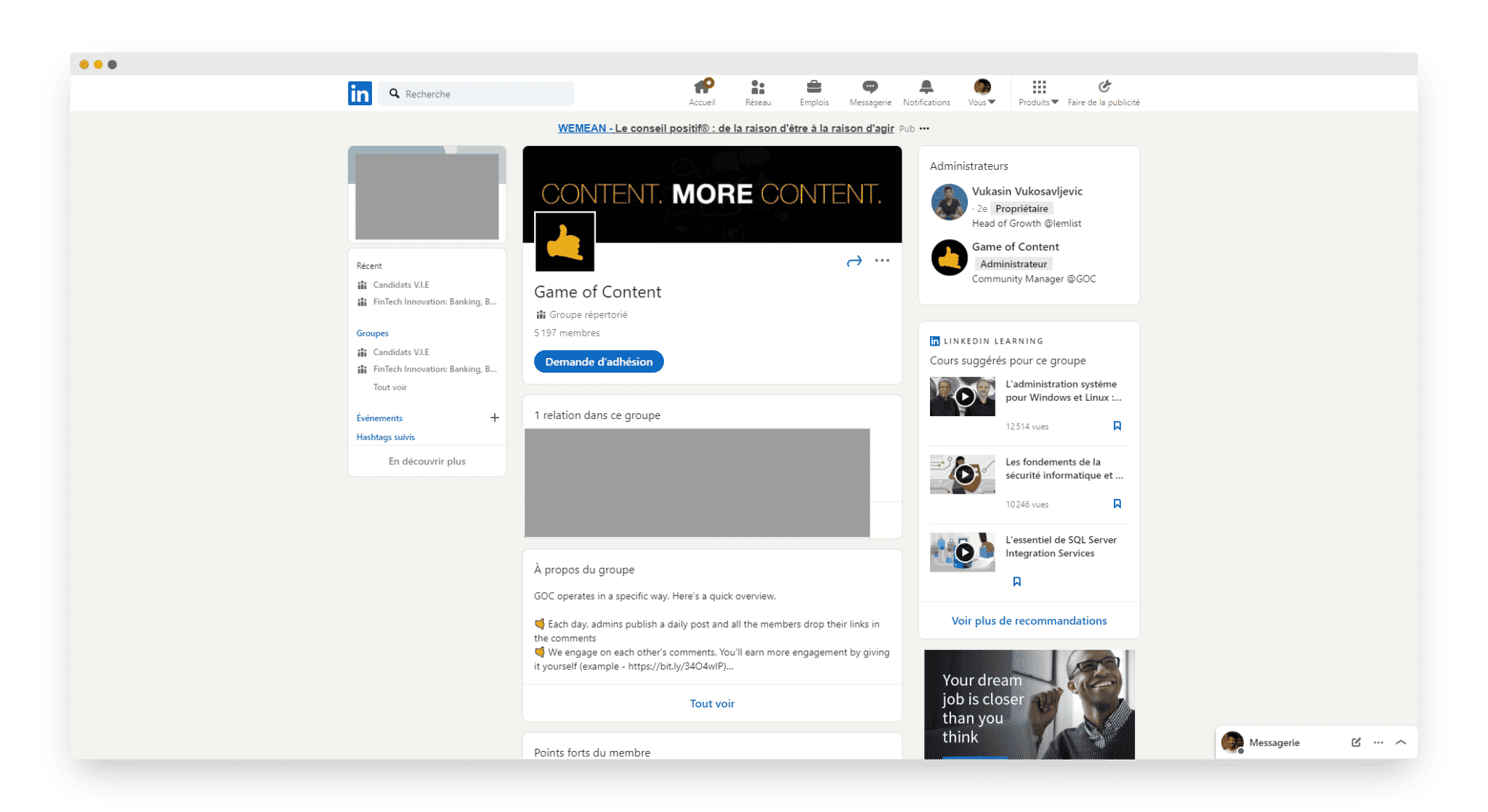
Game of content is a private group on LinkedIn where the administrator, Vuk, offers daily posts for engagement. Each member is invited to browse through the links, and post likes and comments.
To get engagement on your own posts, simply offer your link as a comment on the daily post.
It is primarily a support group to boost engagement on your LikedIn posts.
LinkedIn Growth Hackers
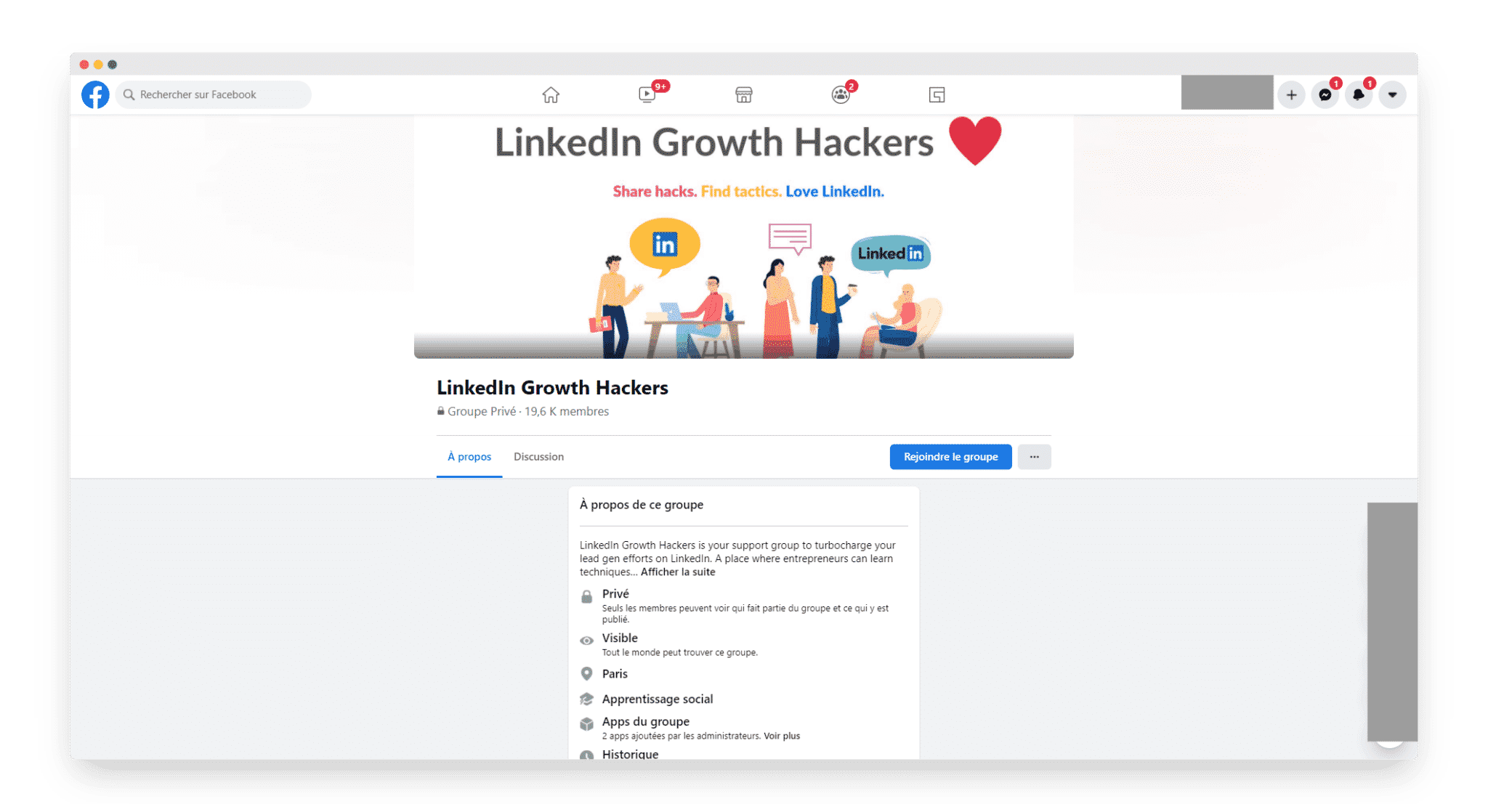
This closed Facebook group is designed to increase your growth on LinkedIn. You can share likes and comments, but it’s also a group for sharing strategies for making LinkedIn more profitable.
This group of Growth Hackers is open to all LinkedIn members who want to increase their performance on the social network exponentially.
Using a LinkedIn pod: best practices
Focus on quality
Think of attractive posts and comments that are tempting to respond to. Your content should be clear, easy to interpret and make people want to engage in a discussion, or answer a question.
When leaving comments, or setting up automatic comments, never leave “boilerplate” comments such as “excellent article” or any other banality. Instead, leave comments that add to the debate, or provide additional information.
Here are some examples of comments to avoid:




Really engaging with other members
When you join a LinkedIn pod, observe the behaviour of other members. Pay attention to their comments and the articles they like. Learn about their habits and the rules that govern the group.
Don’t hesitate to connect with other members of the pod on LinkedIn, this will give a more human dimension to your relationships, and will blur the LinkedIn radar. Also consider posting personalized comments to other members’ posts to give a more natural look to your reactions under their posts, and occasionally tag them in your posts.
Activate it at the right time
Engagement on LinkedIn posts should occur between 1 and 3 hours after publication. Beyond this window, there is no point in trying to boost the reach of your post. Ideally, you should use LinkedIn pods within 10 minutes of your post’s validation so that the reactions generated are taken into account effectively by LinkedIn.
Using personal profiles
With LinkedIn it is strongly recommended to use personal accounts, not company accounts. It is a social network aimed at connecting people, not companies. This is why LinkedIn gives less visibility to publications from companies in favour of publications from individuals.
So above all: never use company pages to post your LinkedIn publications, even when using LinkedIn pods!


